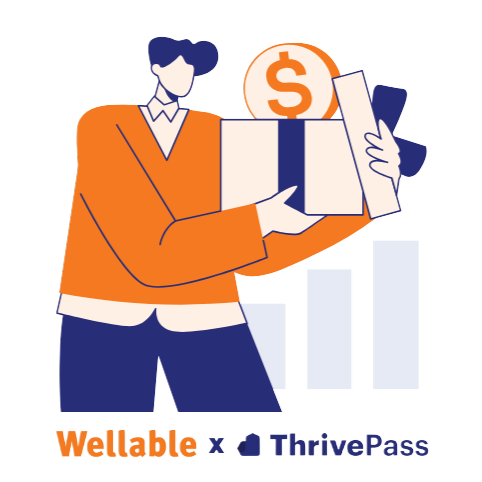An age-old business adage encourages employers to take care of their employees so their employees can take care of their business. Despite being a belief preached for decades, few employers took this sage advice to heart…until now. As the body of evidence showing strong financial and non-financial gains from investing in employees continues to grow, 2018 will be a tipping point and become the year of employee experience. For this to be a reality, however, employers need to appreciate that employee experience is more than just cool perks like bean bags and beer. Employee experience is comprised of the three environments that matter most to employees: cultural, technological, and physical. As evidenced by the chart below, companies that invest in these three environments (“experiential” companies) outperform companies that do not across a number of key business metrics.

For regular readers of the Wellable Blog, this data on and advocacy for investing in employee experience is not new. Rather than be repetitive, the goal of this post is to take another approach on why making employee experience is so important. The example below is just an additional perspective which is fueling the fire that is driving the growth in an employee experience.
Customer Experience
Customer experience may be a foreign concept to human resource professionals looking to invest in their employees, but by not thinking about customers and what typically drives business decisions, human resource departments may miss an opportunity to “sell” employee experience investments within their organizations. According to Gartner, more than 90% of businesses compete primarily on the basis of customer experience. Businesses are geared to think about customers because they drive revenue and profits for the organization. Based on the data above, employee experience does as well, but the connection is not as clear (customers do literally pay the bills). If customer experience is the sum of all interactions a customer has with a company, employee experience is the sum of everything an employee experiences throughout his or her connection to the organization. This includes every employee interaction, from the first contact as a potential recruit to the last interaction after the end of employment. Since most companies are driven by key business metrics, many of which are tied to customer experience, gaining support for employee experience investments in 2018 will be driven by, among other things, the operational goals of the business.
“Best Employer” Awards
If driving business goals is not enough, perhaps winning awards will be. Experiential companies
- 11.5 times as often to be included in Glassdoor’s Best Places to Work
- 4.4 times more often listed among LinkedIn’s North America’s Most In-Demand Employers
- 28 times more often listed among Fast Company’s Most Innovative Companies
- 2.1 times more often listed among Forbes’s World’s Most Innovative Companies
- 2 times more often listed among American Customer Satisfaction Index
Being on these lists do more than make companies feel good. They result is more recruits, better talent, and higher retention, all of which improves business metrics.












